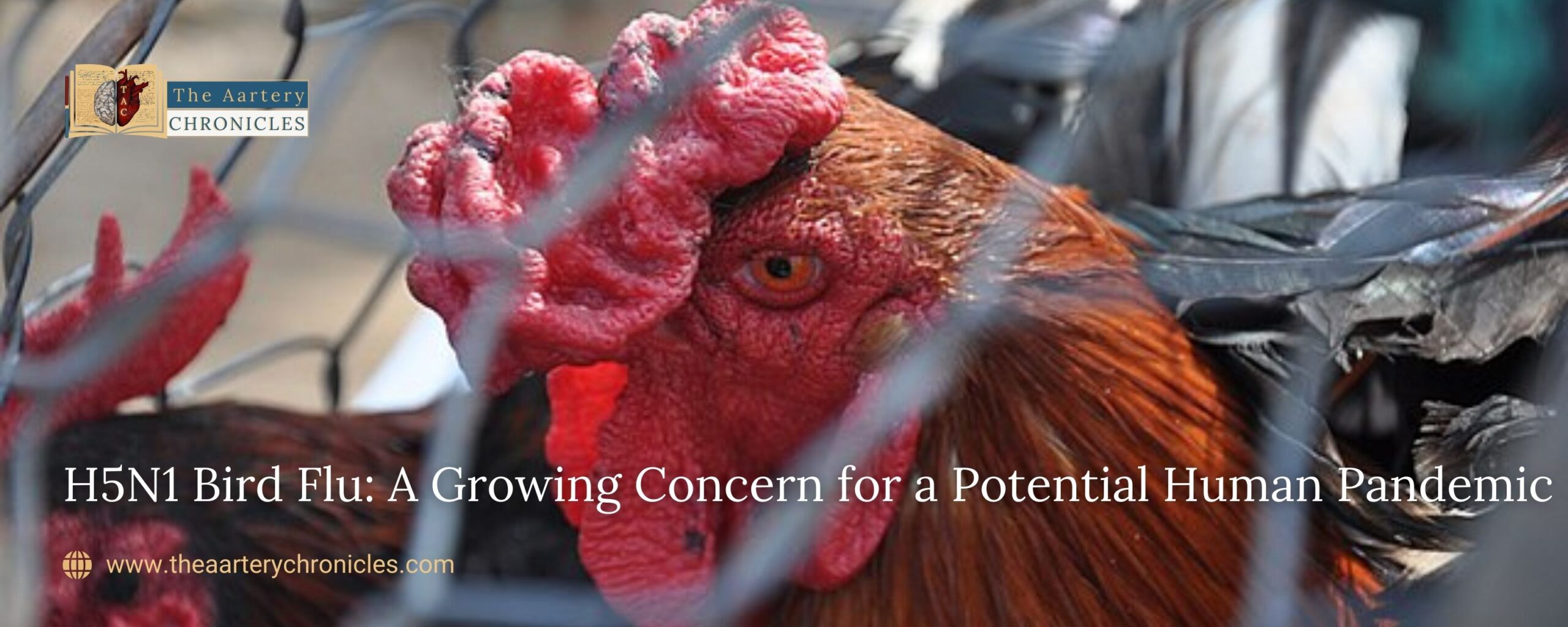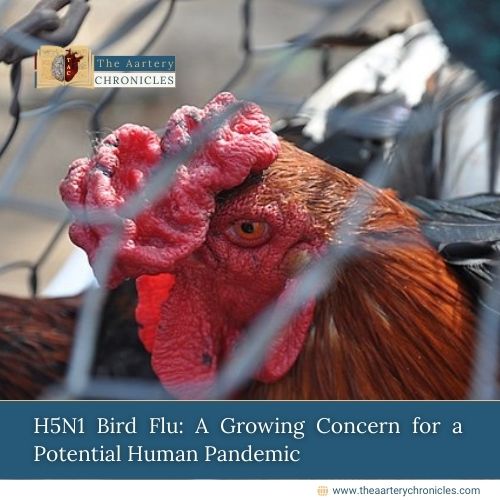
H5N1 Bird Flu: A Growing Concern for a Potential Human Pandemic
Since its emergence in 1996, the H5N1 virus has primarily affected birds, causing the deaths of millions of domestic and wild birds. However, it has also spread to various mammals, including seals and foxes, and has resulted in over 460 human deaths since 2003. Although H5N1 has not yet developed the ability to spread effectively between humans, its repeated transmission from birds to mammals and evidence of mammal-to-mammal transmission have raised alarms among researchers.
Recent Developments about H5N1
In March, H5N1 was detected in US cattle, intensifying concerns. Nearly 140 dairy herds in 12 states and four dairy farm workers were confirmed to have bird flu infections. The workers exhibited mild symptoms, which might be due to infection through milk exposure rather than airborne particles or through the eye rather than the typical route of the mouth or nose, according to Seema Lakdawala, an influenza virologist at Emory University School of Medicine.
The Role of Immune-System
Malik Peiris, a virologist at the University of Hong Kong, highlighted the importance of the immune system’s preparedness.
- While previous exposure to other flu strains provides some immunity, it may not be sufficient against a new pandemic strain like H5N1.
- Few people have antibodies against the current strain of H5N1, making most of the population susceptible if the virus starts spreading easily among humans.
Potential for a Pandemic
Though H5N1 does not currently spread easily between people, scientists are concerned that it could trigger a pandemic if it gains this ability.
- According to tests, few persons in the United States have antibodies against the current strain of H5N1.
- However, earlier exposure to H1N1 may provide some resistance due to the common surface protein N1.
Impact of First Flu Infection on H5N1
A person’s first flu infection can significantly influence their future immunity.
- Research shows that people are generally more protected against flu strains matching the one causing their first childhood flu infection.
- This could mean that older people might be less affected by an H5N1 outbreak, while younger people could be more vulnerable.
Source: Inputs from various media Sources










